
How to Use 776273-1: Examples, Pinouts, and Specs
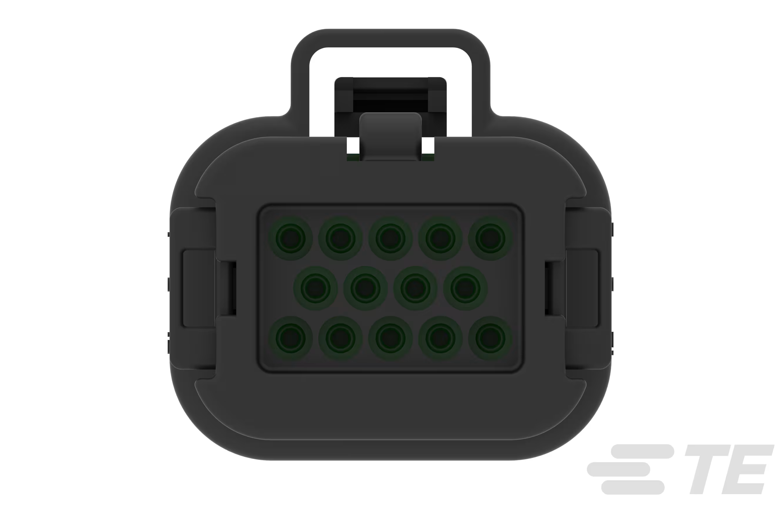
 Design with 776273-1 in Cirkit Designer
Design with 776273-1 in Cirkit DesignerIntroduction
The 776273-1 is a 14-position housing connector manufactured by TE Connectivity. It is designed to house female terminals, providing a secure and reliable connection for wires or cables in electronic systems. This component is widely used in applications requiring robust and durable interconnections, such as automotive systems, industrial equipment, and consumer electronics.
Explore Projects Built with 776273-1
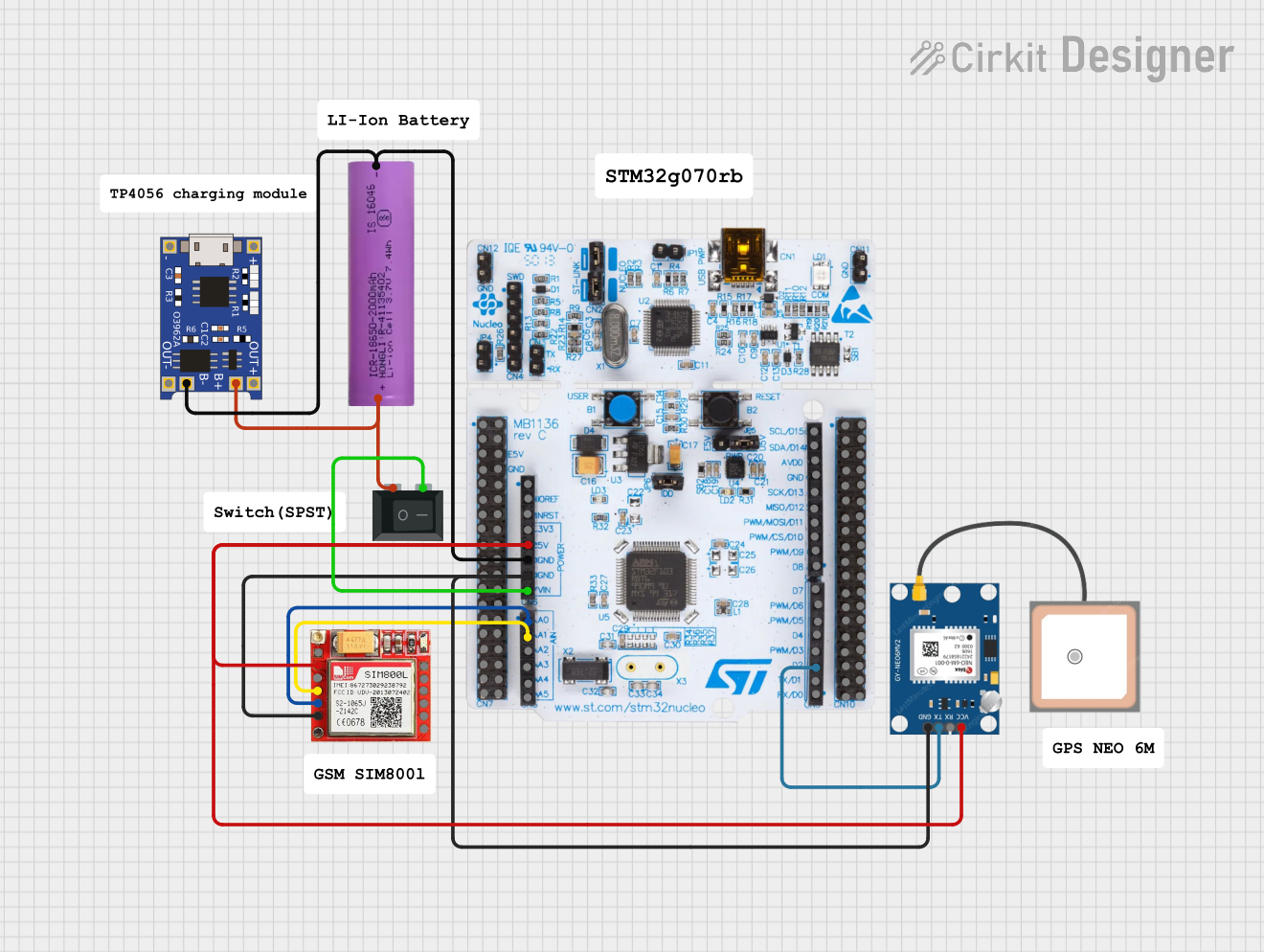
 Open Project in Cirkit Designer
Open Project in Cirkit Designer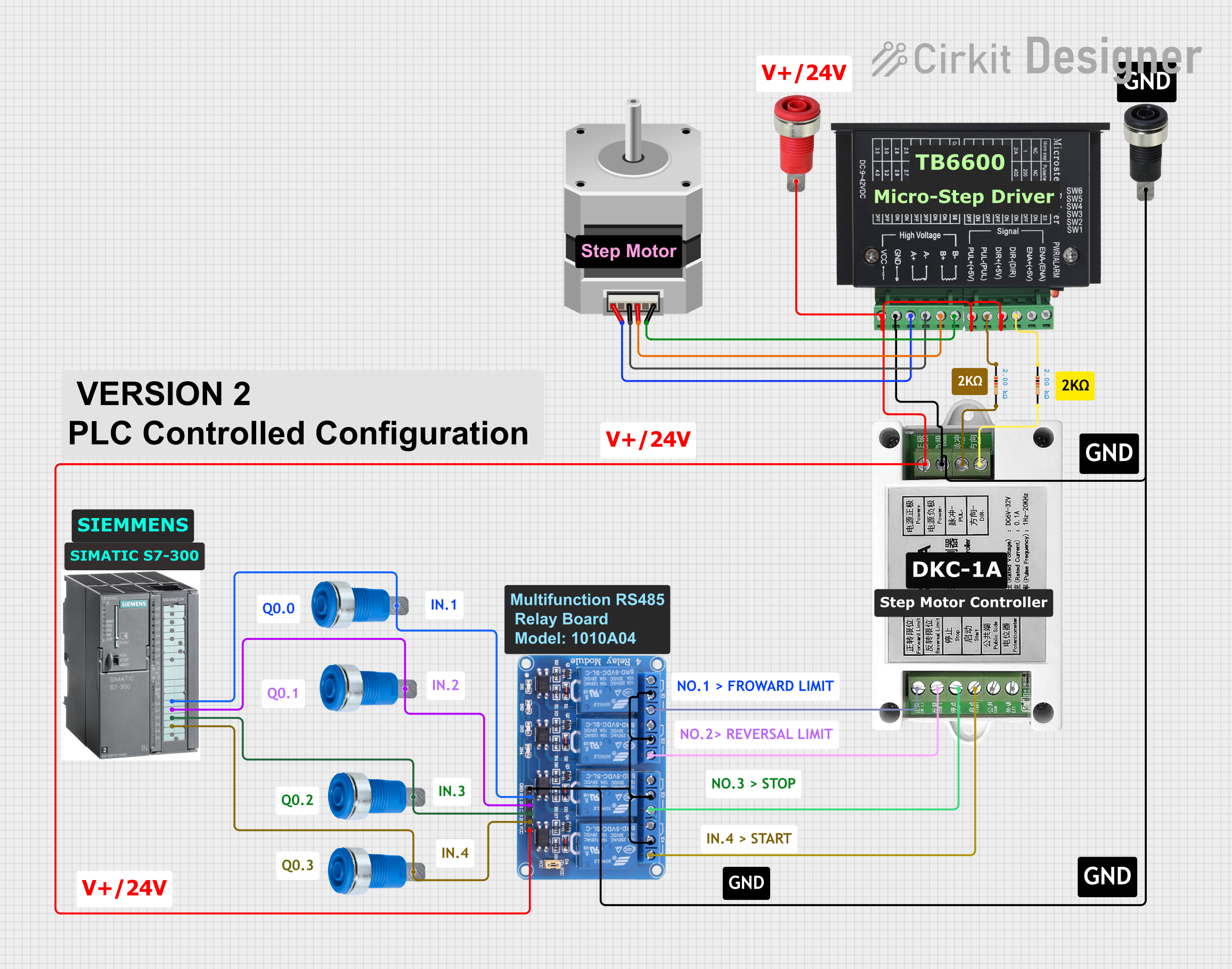
 Open Project in Cirkit Designer
Open Project in Cirkit Designer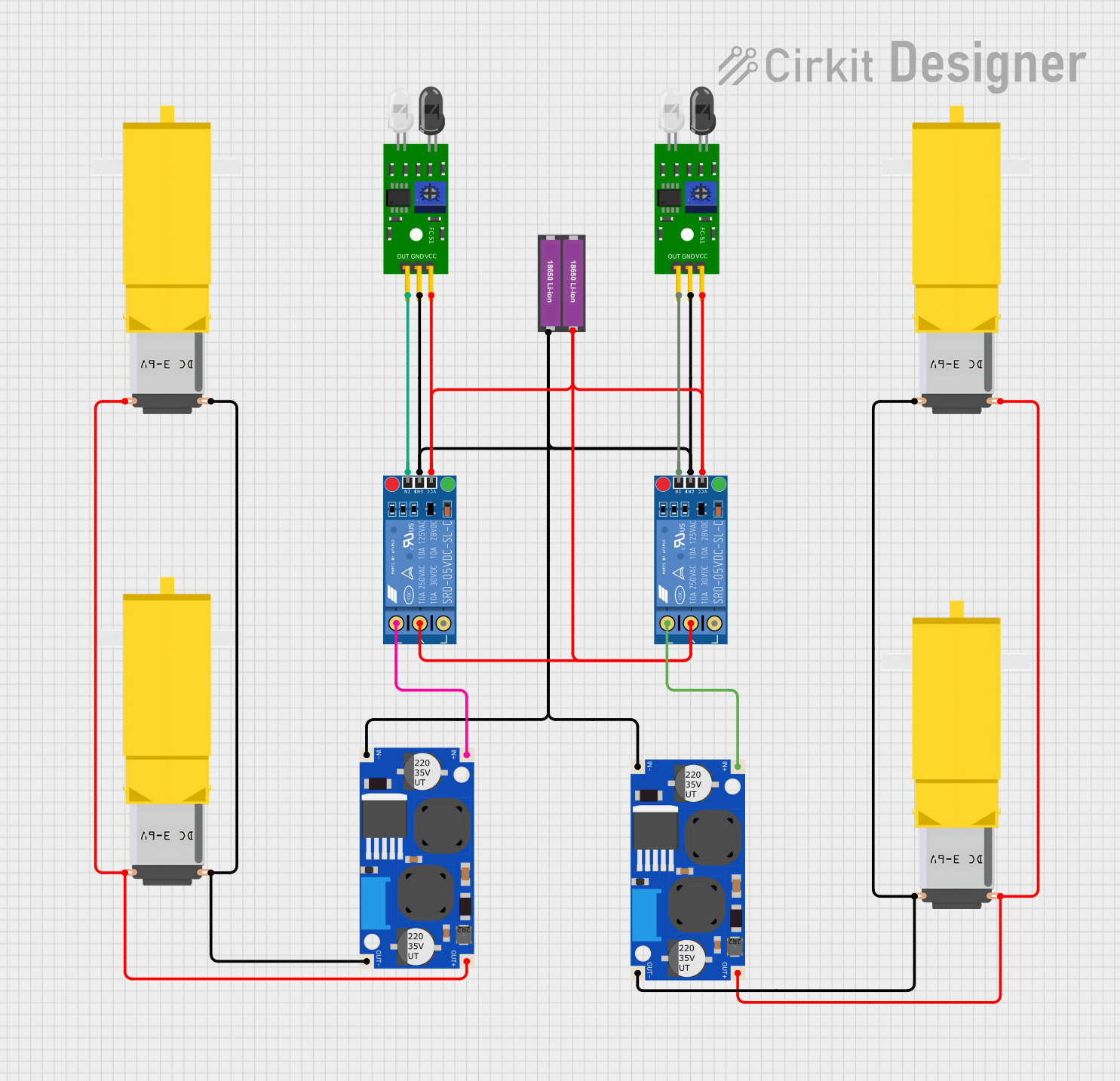
 Open Project in Cirkit Designer
Open Project in Cirkit Designer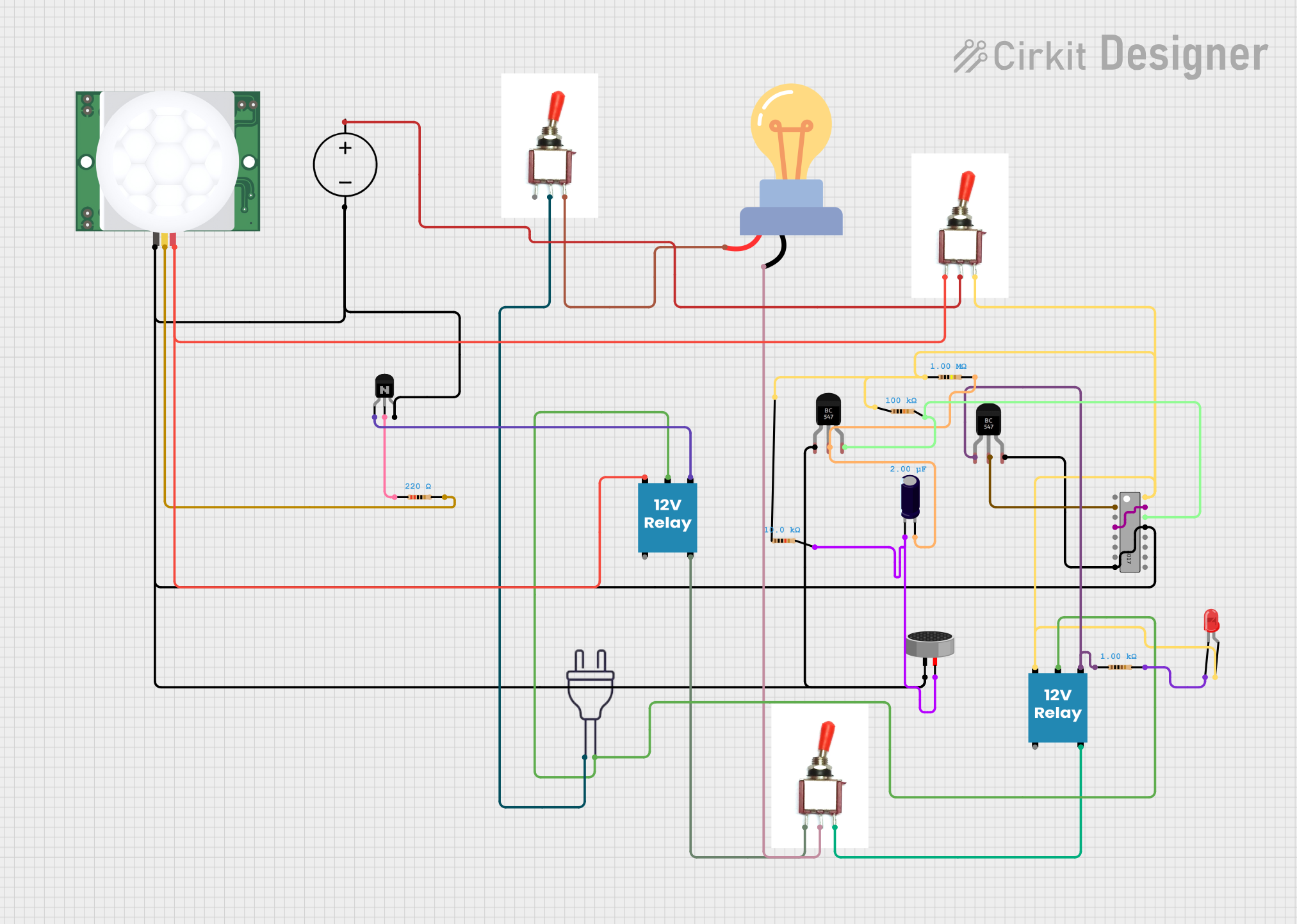
 Open Project in Cirkit Designer
Open Project in Cirkit DesignerExplore Projects Built with 776273-1

 Open Project in Cirkit Designer
Open Project in Cirkit Designer
 Open Project in Cirkit Designer
Open Project in Cirkit Designer
 Open Project in Cirkit Designer
Open Project in Cirkit Designer
 Open Project in Cirkit Designer
Open Project in Cirkit DesignerCommon Applications
- Automotive wiring harnesses
- Industrial control systems
- Consumer electronics
- Communication equipment
- Power distribution systems
Technical Specifications
The following table outlines the key technical details of the 776273-1 connector:
| Parameter | Specification |
|---|---|
| Manufacturer | TE Connectivity |
| Part Number | 776273-1 |
| Number of Positions | 14 |
| Terminal Type | Female |
| Housing Material | Nylon (Polyamide), UL 94V-0 rated |
| Operating Temperature | -30°C to +105°C |
| Voltage Rating | 250V (maximum) |
| Current Rating | 7A (maximum per contact) |
| Mounting Style | Free-hanging or panel mount |
| Mating Connector | Compatible with TE male terminal housings |
Pin Configuration and Descriptions
The 776273-1 housing does not have electrical pins itself but is designed to hold 14 female terminals. The terminals are inserted into the housing and correspond to the following layout:
| Position | Description |
|---|---|
| 1-14 | Slots for female terminals |
Each position is numbered for easy identification, ensuring proper wiring and connection.
Usage Instructions
How to Use the 776273-1 in a Circuit
- Prepare the Wires: Strip the insulation from the wires to expose the appropriate length of conductor for crimping.
- Crimp the Terminals: Use a compatible crimping tool to attach female terminals to the stripped wire ends. Ensure a secure and reliable crimp.
- Insert Terminals into the Housing: Push the crimped terminals into the corresponding slots in the 776273-1 housing until they click into place. Verify that each terminal is securely locked.
- Connect to Mating Connector: Align the 776273-1 housing with the corresponding male connector and push them together until fully mated.
Important Considerations and Best Practices
- Wire Gauge Compatibility: Ensure the wire gauge matches the terminal specifications to avoid loose connections or damage.
- Crimping Tool: Use the recommended crimping tool for TE female terminals to achieve optimal results.
- Insertion Force: Do not use excessive force when inserting terminals into the housing to prevent damage.
- Environmental Conditions: Ensure the operating environment does not exceed the specified temperature or voltage ratings.
Example: Using the 776273-1 with an Arduino UNO
While the 776273-1 is not directly connected to an Arduino UNO, it can be used to organize and secure wires in a project. For example, you can use it to connect multiple sensors or actuators to the Arduino via a custom wiring harness.
// Example: Reading multiple sensors connected via a 776273-1 housing
// This code assumes sensors are connected to analog pins A0 to A3.
void setup() {
Serial.begin(9600); // Initialize serial communication
}
void loop() {
// Read sensor values
int sensor1 = analogRead(A0); // Sensor connected to A0
int sensor2 = analogRead(A1); // Sensor connected to A1
int sensor3 = analogRead(A2); // Sensor connected to A2
int sensor4 = analogRead(A3); // Sensor connected to A3
// Print sensor values to the Serial Monitor
Serial.print("Sensor 1: ");
Serial.println(sensor1);
Serial.print("Sensor 2: ");
Serial.println(sensor2);
Serial.print("Sensor 3: ");
Serial.println(sensor3);
Serial.print("Sensor 4: ");
Serial.println(sensor4);
delay(1000); // Wait 1 second before the next reading
}
Troubleshooting and FAQs
Common Issues
Terminals Not Locking into Place
- Cause: Incorrect terminal size or improper insertion.
- Solution: Verify that the terminals are compatible with the housing and ensure they are fully inserted until they click.
Loose Connections
- Cause: Poor crimping or mismatched wire gauge.
- Solution: Use the recommended crimping tool and ensure the wire gauge matches the terminal specifications.
Difficulty Mating Connectors
- Cause: Misalignment or debris in the connectors.
- Solution: Align the connectors carefully and inspect for any obstructions before mating.
Overheating
- Cause: Exceeding the current or voltage rating.
- Solution: Ensure the circuit operates within the specified ratings of the connector.
FAQs
Q: Can the 776273-1 be used in outdoor applications?
A: The housing is not specifically rated for outdoor use. If used outdoors, ensure it is protected from moisture and extreme environmental conditions.
Q: What is the recommended wire gauge for this connector?
A: The recommended wire gauge depends on the terminals used, typically ranging from 18 AWG to 24 AWG.
Q: How do I remove a terminal from the housing?
A: Use a terminal extraction tool to release the locking mechanism and gently pull the terminal out of the housing.
Q: Is the housing reusable?
A: Yes, the housing can be reused if the terminals are removed without damage. However, ensure the terminals are in good condition before reinserting them.